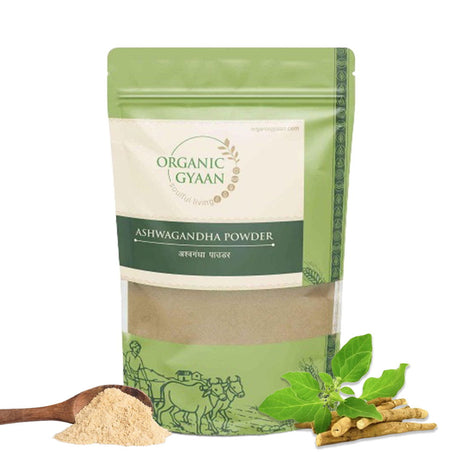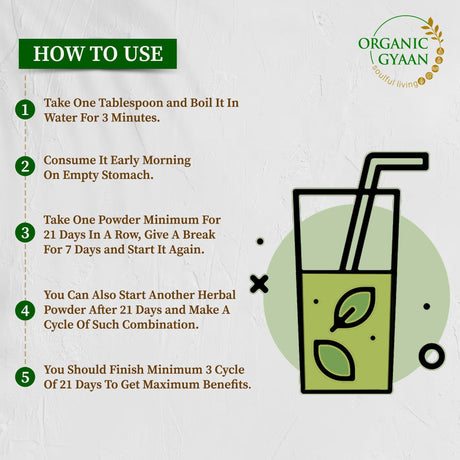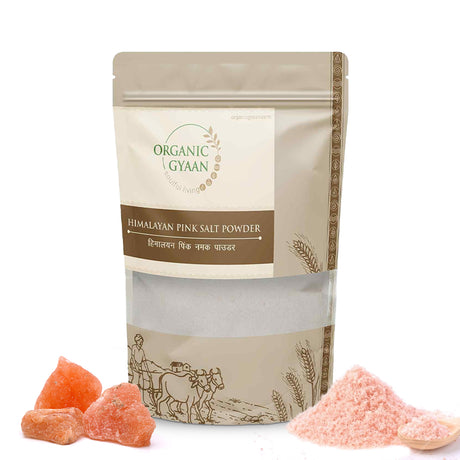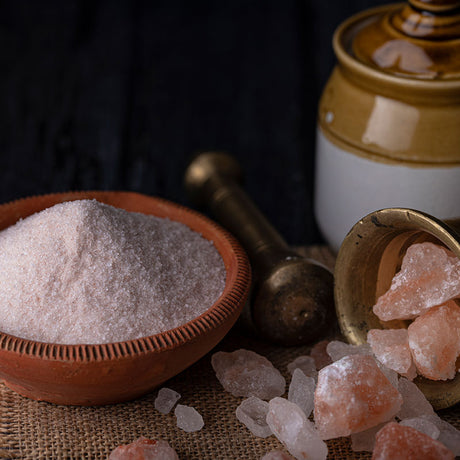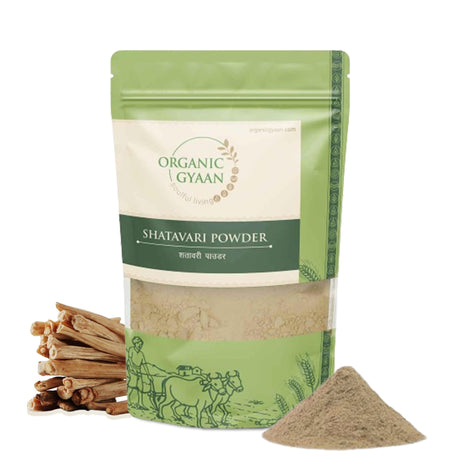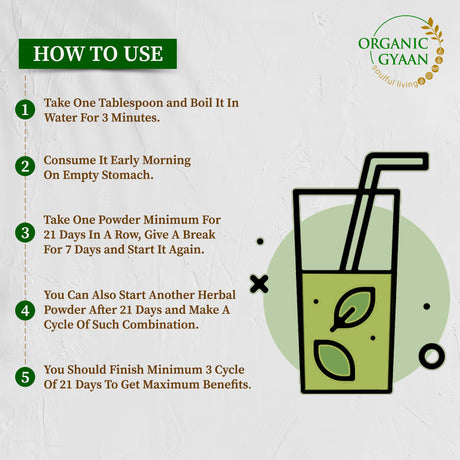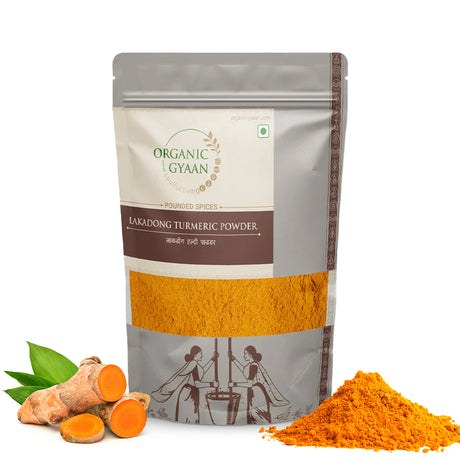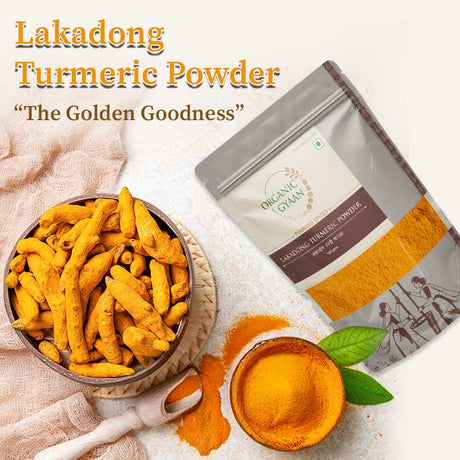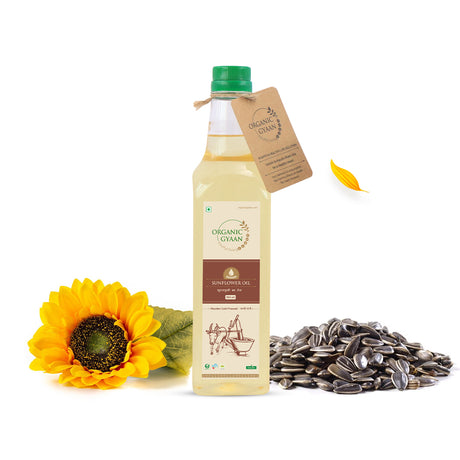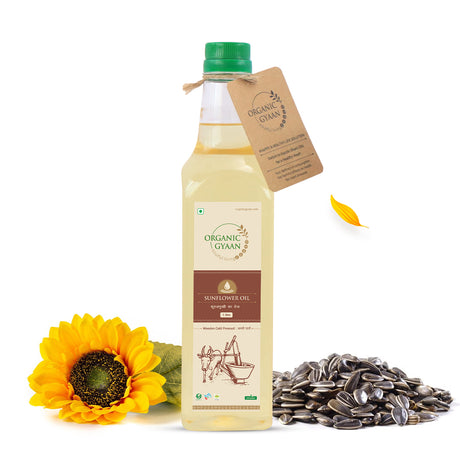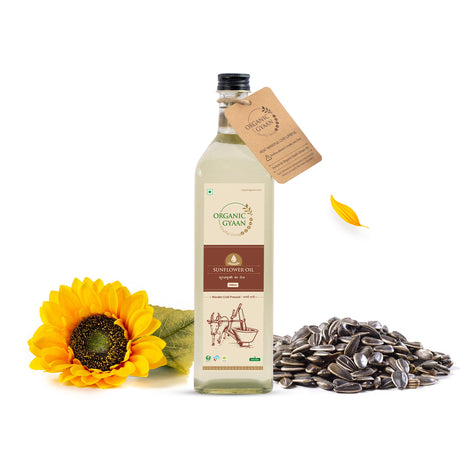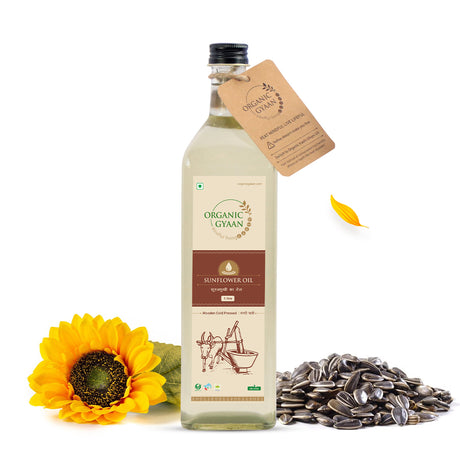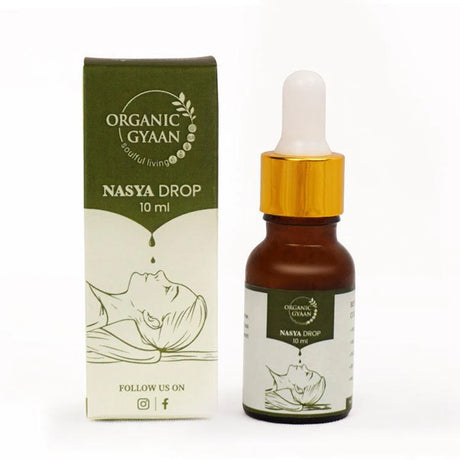Living with diabetes doesn't mean giving up sweetness altogether. In fact, you can still enjoy that familiar sweet taste—you just have to make smarter choices. With so many sugar alternatives available today, you might wonder: What is the best sugar substitute for diabetics?
In this guide, we’re walking you through some of the healthiest, most natural, and diabetic-friendly sweeteners out there. From plant-based options to traditional favorites, you'll discover what works, what to watch for, and how to add sweetness without the guilt.
Why Choose Sugar Substitutes When Managing Diabetes?
For people with diabetes, keeping blood sugar stable is key. Regular table sugar causes rapid spikes in glucose, which can be harmful over time. That’s why switching to alternatives that don’t mess with your blood sugar is one of the simplest and most impactful changes you can make to your diet.
These substitutes offer sweetness without the side effects—some even come with added health perks. If you're wondering about the best sugar substitute for diabetics, it's about more than taste—it's about choosing what supports your health goals.
1. Stevia – Sweetness From a Leaf
Stevia is a natural sweetener made from the leaves of the Stevia rebaudiana plant. It’s incredibly sweet—around 200 to 300 times sweeter than sugar—but it’s completely calorie-free and doesn’t raise blood sugar levels.
Why it works:
- It has zero calories and carbs.
- It doesn’t affect your blood sugar at all.
- It’s versatile—great in everything from drinks to baked goods.
How to use it:
Stevia is available in liquid drops, powders, or granulated blends. Use it in your coffee, tea, smoothies, or when baking. Just make sure to look for pure stevia extract—some blends include hidden sugars or fillers that might not be ideal if you're looking for the best sweetener for diabetics.
2. Monk Fruit – A Natural Sweetener With Antioxidants
Monk fruit, also known as luo han guo, comes from a small fruit native to Southeast Asia. It’s another zero-calorie option that won’t raise your blood sugar and is often used as a sugar replacement in drinks and low-carb desserts.
Why it works:
- Completely natural and sugar-free
- Doesn’t spike insulin or glucose levels
- Rich in mogrosides—natural antioxidants
How to use it:
You’ll often find monk fruit sweetener mixed with ingredients like erythritol. It’s great for hot drinks, yogurt, and low-sugar desserts. Just check the label to ensure it's a clean product if you're searching for the best sugar substitute for diabetics.
3. Date Sugar – Whole-Food Sweetness (Use in Moderation)
Date sugar is made from dried, ground-up whole dates, which means it retains fiber, vitamins, and minerals that refined sugar lacks. It has a moderate glycemic index (GI) of around 50–55, making it a better option than white sugar—but still something to enjoy in moderation.
Why it works:
- Provides nutrients like potassium, magnesium, and fiber
- Slows down sugar absorption thanks to natural fiber
- Made from whole fruit, so it's less processed than refined sugars
Important: Even though it’s natural, dates and date sugar should be consumed mindfully. Eating large quantities—especially of sweeter varieties like Medjool—can still raise blood sugar.
Instead, opt for Ajwa dates, which have a higher fiber content and cause a gentler blood sugar response compared to other varieties. They are considered one of the best types of dates for diabetics.
How to use it:
Date sugar is great for baking, sprinkling on oatmeal, or adding to smoothies. It does dissolve well in warm or hot drinks, making it suitable for teas and herbal infusions. Avoid using it in cold beverages where it may not blend as easily.
4. Palm Jaggery – A Traditional Option (Use Sparingly)
While regular jaggery is not recommended for diabetes due to its high GI of around 84–86, palm jaggery is a slightly better traditional alternative. Made from the sap of palm trees, it contains a lower glycemic index (GI ~ 40–50) and offers trace minerals and antioxidants.
Note: Palm jaggery still contains natural sugars and should be used in moderation. It’s not the best option, but a decent choice when you need something more traditional than stevia or monk fruit.
Why it works (occasionally):
- Slightly lower glycemic impact than sugarcane jaggery
- Provides some minerals like iron and potassium
- Adds depth of flavor to Indian recipes
How to use it:
Use palm jaggery sparingly in teas, laddus, or cooking. Avoid daily consumption if you're managing diabetes closely.
5. Coconut Palm Sugar – Naturally Low GI
Coconut sugar is made from the sap of coconut palm flowers. It has a delicious, subtle caramel flavor and a lower glycemic index than regular sugar. It also contains inulin, a prebiotic fiber that helps slow sugar absorption.
Why it works:
- Lower on the glycemic index
- Provides trace minerals like zinc and iron
- Offers a more stable energy release
How to use it:
Perfect for baking or using in coffee, tea, sauces, or glazes. It still contains sugar, so moderation is key—especially if you're looking for the best sweetener for diabetics with a more traditional taste.
How to Pick the Best Sugar Substitute for You
Picking the best sugar replacement depends on your health goals, lifestyle, and how your body reacts. Here's a simple guide to help you decide:
1. For zero impact on blood sugar
Choose Stevia or Monk Fruit – they’re both natural, have no calories, and won’t raise your sugar levels.
2. Prefer natural, whole-food options
Try Date Sugar or Coconut Sugar – they’re less processed and have some nutrients, but use them in small amounts.
3. Looking for a traditional option once in a while
Palm Jaggery is better than regular jaggery. It’s okay for special occasions, but not for daily use.
4. Always read the labels
Some products have hidden sugars or chemicals, so check ingredients carefully.
5. Pay attention to how your body feels
Everyone reacts differently. Test your blood sugar after trying a new sweetener to see how it affects you.
Glycemic Index (GI) – Easy Comparison Table
| Sweetener | What it’s made from | GI Level | Is it good for diabetics? |
|---|---|---|---|
| Stevia | Natural plant | 0 | Best choice – no sugar spike |
| Monk Fruit | Natural fruit | 0 | Best choice – no sugar spike |
| Date Sugar | Dried ground dates | 50–55 | Good, but in small amounts |
| Ajwa Dates | Whole fruit (Ajwa type) | 35–40 | Best type of dates for diabetics |
| Coconut Sugar | Made from coconut sap | ~54 | Okay in small amounts |
| Palm Jaggery | Made from palm tree sap | 40–50 | Use only occasionally |
| Cane Jaggery | Made from sugarcane juice | 84–86 | Not good for diabetes |
| White Sugar | Refined sugar | ~65 | Should be avoided completely |
Conclusion: What Is the Best Sugar Substitute for Diabetics?
There’s no one-size-fits-all answer—but there are plenty of safe, natural, and satisfying options. If you're asking what is the best sugar substitute for diabetics, then stevia and monk fruit are among the top choices. They’re calorie-free, don’t affect blood sugar, and fit easily into most diets.
If you prefer less processed options, date sugar or coconut sugar can be good alternatives in small amounts. And while jaggery can bring traditional flavor, it’s best used occasionally.
Finding the best sweetener for diabetics is about balancing taste, health, and lifestyle. With a thoughtful approach, you can enjoy sweetness while keeping your blood sugar steady.




